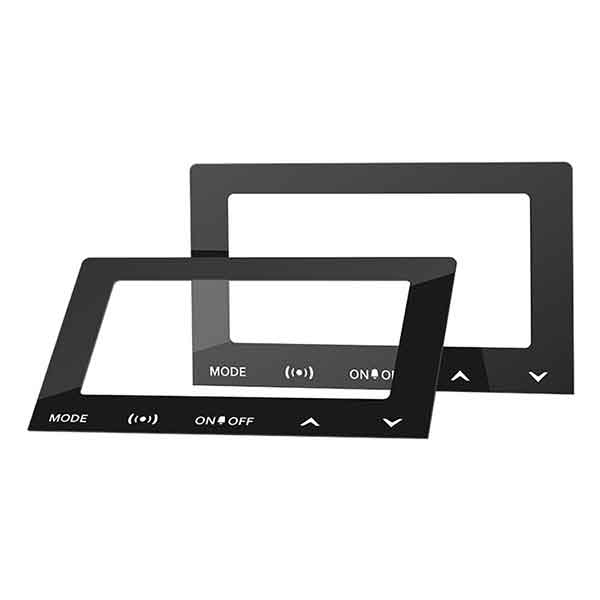Order FAQ
Q: Are you the manufacturer or trade company?
A: We have been the direct manufacturer of printing and die-cutting services in since 2005 with ISO9001:2015 certification.
Our factory could offer printing and die cutting service in one stop.
Q: How about your price?
A: With our stable material resources and stop-in-one service as the direct factory, we could guarantee a competitive price with an honest price.
Q: What’s your service?
Quality and service are the principles on which our company was established and the reason for it’s continued success today!
1, Professional sales team, give you prompt and comfortable communication;
2, Skillful workers, produce the best quality product for you;
3, The strict QC, ensures the quality of your product;
Why choose us?
1. One-stop solution service with more than 14 years OEM manufacture experience
2. ISO 9001:2015 certificated manufacture
3. 100% inspected to ensure the quality of the product
4. Professional design and manufacture and delivery service for assistance
5. Various payment options as Paypal, escrow, Western Union, T/T
6. Reliable quality and responsible after-sales service







